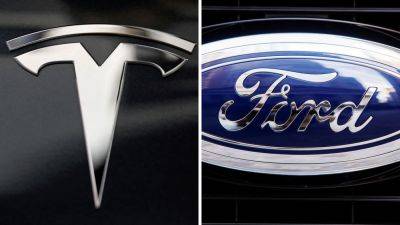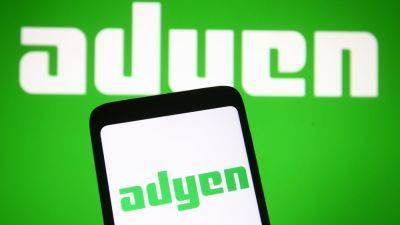Farming Apps in the Digital Age: Exploring Bullish Farm’s Web3 Strategy
Linda's work focuses on providing clear and accessible insights, making complex crypto topics understandable for everyone. Her goal is to keep the audience informed and engaged with the latest...
Web3 apps use and rely on gamification more and more (as we’ve seen with tap-to-earn games), all in order to drive user engagement. However, many projects fall short when it comes to providing meaningful blockchain element integration that aims to enrich the user experience and provide an intersection between casual gameplay and real-world rewards.
Bullish Farm illustrates this intersection by combining farming mechanics we all know and love with token-based incentives, creating a hybrid model that offers players both entertainment and profit-making opportunities. But how sustainable is this fusion of play and reward-based systems? Let’s get into it.
Farming mechanics have long been popular with mobile gamers, offering them satisfaction through resource management and incremental progress. In the web3 space, these same mechanics serve an additional function – creating a sense of ownership and reinforcing the economic systems inherent to blockchain technology.
Bullish Farm taps into this trend by enabling players to manage three distinct resource categories, namely:
In the case of Bullish Farm, player success depends on balancing their long-term strategy with daily task completion. This system reflects the common structure of mobile farming games – however, it also adds another dimension to the gameplay in the form of on-chain asset management.
Bullish Farm players accumulate resources not only for cosmetic upgrades but also for keys that unlock airdrops and other rewards that may benefit the users directly. This system
Read more on cryptonews.com




















